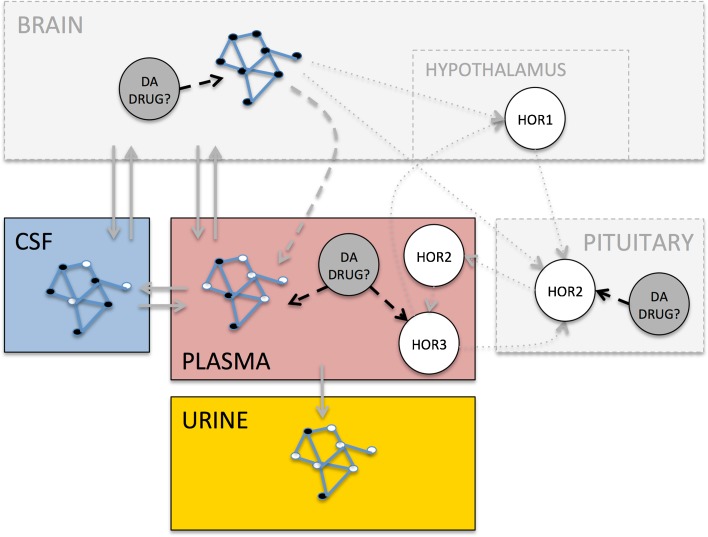Fig. 3. Conceptual considerations for the use of accessible biomarkers in CSF, plasma or urine to reflect dopamine drug effects in the brain.
The grey solid lines represent the distribution of biochemical pathway components to CSF, plasma and urine. Since only part of the pathway components may distribute to these biofluids, some of the nodes are filled blank. The grey dashed line represents the peripheral nervous system (PNS) that may influence the peripheral release of biochemical markers through electrical signaling. The grey dotted lines represent the neuroendocrine system (NES), which is electrically controlled at the level of the hypothalamus and the pituitary, causing the release of hormones into plasma. Feedback mechanisms of these hormones on their own release may complicate the interpretation of their responses in plasma. The black dashed lines represent the levels at which dopamine drugs may interact with these systems.

